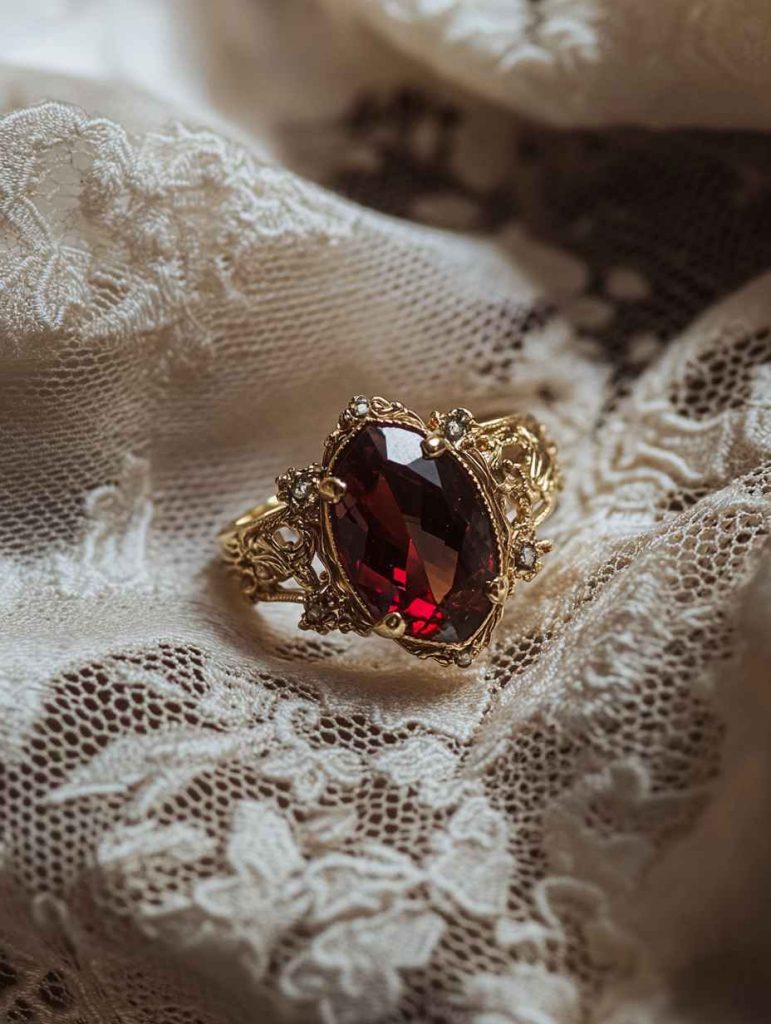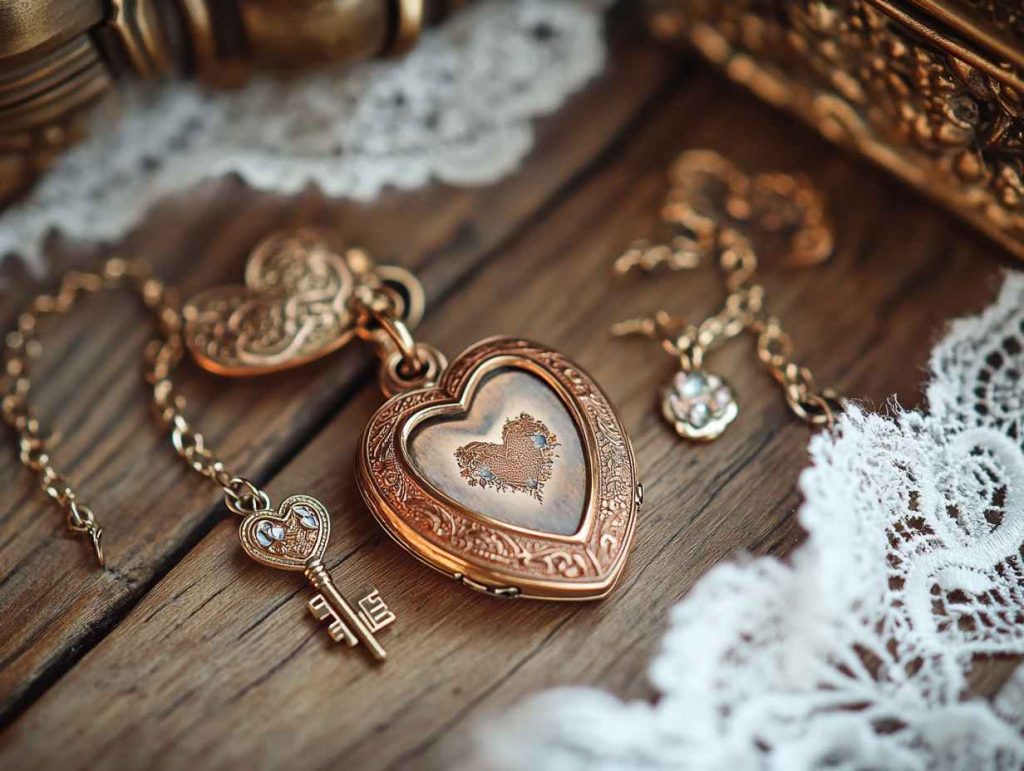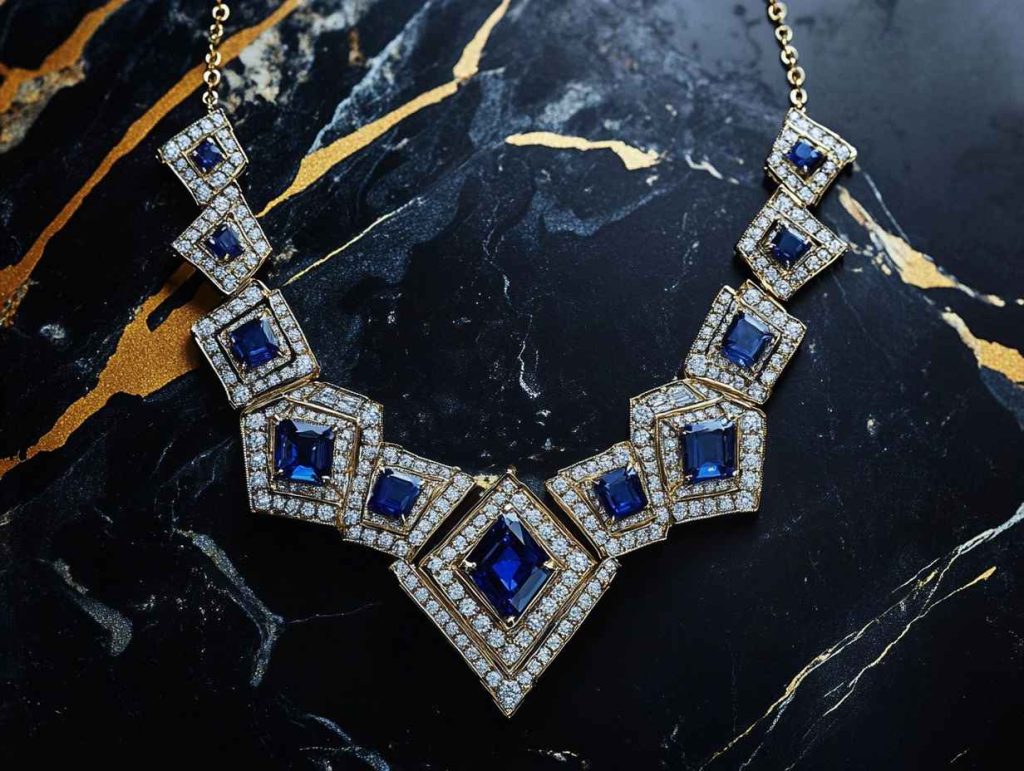Antique jewellery captivates with its intricate designs, historical significance, and unparalleled craftsmanship. Each piece tells a story of bygone eras, reflecting the cultural and artistic trends of its time. Whether you’re a seasoned collector or a novice enthusiast, understanding the different antique jewellery types can enhance your appreciation and guide your acquisitions. In this blog, we’ll delve into the most iconic antique jewellery styles, their unique features, and what makes each type a treasured heirloom.
1. Georgian Jewellery (1714-1837)
Overview: Georgian jewellery is one of the oldest and most ornate styles, named after the reigns of the four King Georges of Great Britain. This period is renowned for its elaborate designs and the use of rich materials.
Key Features:
Ornate Settings: Gemstones are set in intricate settings with decorative detailing.
Intricate Filigree Work: Delicate metal threads twisted into elaborate patterns.
Large Gemstones: Prominent use of gemstones like garnets, sapphires, and rubies.
Nature-Inspired Motifs: Designs often feature flowers, leaves, and foliage.

Popular Pieces:
- Baroque Rings: Featuring large, irregularly shaped gemstones surrounded by intricate metalwork.
- Tea Sets and Decorative Pieces: Combining functionality with aesthetic beauty, often adorned with gemstones and elaborate patterns.
2. Victorian Jewellery (1837-1901)

Overview: Victorian jewellery emerged during Queen Victoria’s reign and is characterized by its romantic and sentimental designs. This era saw significant advancements in jewellery craftsmanship and the popularity of symbolic motifs.
Key Features:
- Symbolism: Common motifs include hearts, flowers, and locks, representing love and devotion.
- Use of Enamel: Enamel was frequently used to add color and detail to pieces.
- Cameos and Lockets: Personal and sentimental pieces often featured engraved cameos and hidden compartments.
- Mixed Metals: Combining different metals like gold, silver, and platinum to create contrast and depth.
Popular Pieces:
- Charm Bracelets: Adorned with various charms representing personal stories or milestones.
- Victorian Lockets: Often containing miniature portraits or sentimental items, symbolizing love and remembrance.
3. Art Deco Jewellery (1920-1935)

Overview: Art Deco jewellery emerged in the early 20th century, reflecting the modernist and geometric design trends of the time. This style is synonymous with glamour, luxury, and bold aesthetics.
Key Features:
- Natural Motifs: Flowers, insects, and animals often featured in designs.
- Fluid Lines: Graceful curves creating a sense of movement.
- Vibrant Colors: Use of gemstones like opals and emeralds.
Popular Pieces
- Floral Necklaces: Detailed flower designs with gemstones.
- Butterfly Brooches: A signature of the era, showcasing intricate artistry.
Read about gemstone significance in Art Nouveau jewellery.
5. Art Deco Jewellery (1920–1935)
Overview
The Art Deco period was all about bold designs and symmetry. This era captured the glitz and glamour of the Roaring Twenties.
Key Features
- Geometric Shapes: Straight lines, angular forms, and symmetry.
- Luxurious Materials: Platinum, diamonds, and vibrant gemstones like emeralds and rubies.
- Bakelite: A new material adding a modern touch.
Popular Pieces
- Statement Rings: Bold designs with large gemstones.
- Art Deco Necklaces: Featuring angular patterns and vivid colors.
Check out how statement jewellery remains timeless.
6. Retro Jewellery (1940–1950)
Overview
Emerging after World War II, Retro jewellery embraced bold and playful designs. This era was marked by optimism and creativity.
Key Features
- Bright Colors: Gemstones like aquamarines and citrines were popular.
- Bold Statements: Larger pieces that stood out.
- Unique Materials: Combining traditional metals with plastics and glass.
Popular Pieces
- Cocktail Rings: Eye-catching designs with oversized stones.
- Brooches: Whimsical shapes like bows and stars.
Explore the allure of cocktail rings.
7. Georgian and Edwardian Filigree Jewellery
Filigree jewellery deserves special mention. Both Georgian and Edwardian styles showcased exceptional filigree work.
Key Features
- Intricate Metalwork: Delicate, lace-like patterns.
- Gemstone Embellishments: Diamonds and pearls enhanced the elegance.
- Refined Designs: Lightweight yet detailed.
Popular Pieces
- Filigree Rings and Necklaces: Combining intricate patterns with timeless beauty.
Learn about ring designs that have stood the test of time.
Final Thoughts
Antique jewellery offers a glimpse into history and timeless beauty. From the ornate Georgian pieces to the bold Art Deco styles, each era tells a story through its designs. Whether you’re investing, collecting, or wearing these treasures, understanding their significance enhances their value.
Let your collection reflect your unique taste and appreciation for artistry. Explore more in Is Antique Jewellery a Good Investment. Let history adorn you!